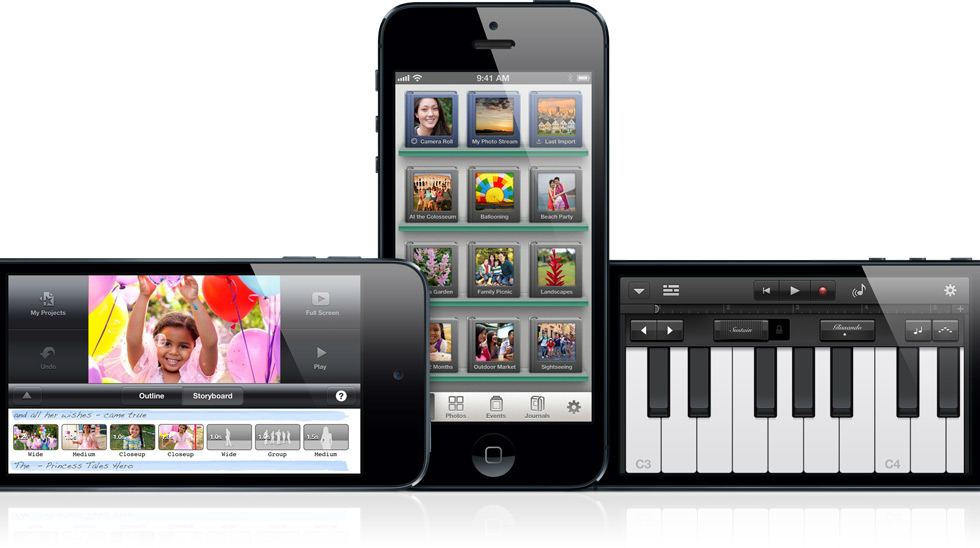Blog 6- Mobile Learning in the Classroom
The constant growing influence of social media on contemporary society has started to force educators to adapt to new ways of engaging students in the learning process. It is known that students of today have been referred to as digital natives who have been influenced dramatically by the technological shifts that have occurred within contemporary society (Dale, 2009). Due to the increased demands on educators to meet the unconstrained expectations of students, learning technology innovations have been offering an opportunity to educators to help engage students in the development of their learning journey. Therefore, educators have to learn to adapt their learning and teaching practices to respond to the challenges of students being socially networked (Dale, 2009). One technology that is a part of a new breed of social media and associated gadgetry which can offer fresh opportunities to enhance student learning experiences is the iPod.
In 2001, the use of the iPod when it first entered the market was as an audio player; however, subsequent generations of the device have incorporated video capability, thus expanding its uses (Dale, 2009). Though, its prevalence has raised the important question: how can such a device be “both an emblem of the social network e-generation and an icon of personalised e-universe?” (Dale, 2009)
IPods can be adapted into the classroom as a storage device to hold audio, images and video from past assessments. It can be used to support delivery and learning of a range of subjects including: foreign languages, music, engineering (Physics), humanities and social sciences (Dale, 2009).
I believe the use of an iPod is an excellent way to create themes and reflections, creative, personalised learning, and collaborative learning within a classroom, especially in the performing arts. Students have instant access to music, which can be used for analysing, choreography or inspiration for person compositions. I would use the iPod for my music students to help them analyse musical works, by listening to a piece several times and then comparing it to another version. Students can listen to the different versions on an iPod or compare the sound quality between different devices. The iPod can develop a more creative learning environment that gives a sense of self-empowerment and autonomy to the individual. Ultimately, this can lead to a more responsive and independent learner who has a greater degree of control over their learning experiences (Dale, 2009).
![]()
Multimedia Used
Bolg 6 has used several multimedia including an image, graphic organiser and an audio file. The image is presenting the usefulness of the iPod in the performing arts; where students can listen to music, create videos, find suitable apps to assist with their assessments and electronic keyboards, for when students do not have the use of a piano. The graphic organiser does not only demonstrate the uses of audio, but has cleverly been shaped into an audio icon to give more interest. Finaly the audio file is a music file of the Flight of the Bumble Bee, composed by Korsakove, showing that music from other periods can be listen too and analysed by students. This audio file was originally from YouTube, an was then converted to an audio file.
Multimedia References
- Apple in Education [Image]. (2013). Retrieved 24th May, 2013, from https://www.apple.com/education/ipodtouch-iphone/
- Flight of the Bumblebee [Audio file]. (2008). Posted to https://www.youtube.com/watch?v=aYAJopwEYv8
- Shutterstock [Image]. (2013). Retrieved 24th May, 2013, from https://www.shutterstock.com/pic-103467011/stock-photo-audio-icon-or-pictogram-word-cloud-with-colored-words-on-a-white-background-audio-symbol-tagcloud.html 24/5/13
